If you’re wondering, do I need a mask for epoxy resin. Yes. Absolutely. It's wise to use a respirator when working with epoxy resin.
Even formulas labeled “low-VOC” can emit vapors that irritate your lungs. It’s best to use a respirator even when working with low-VOC resin, especially if your workspace isn’t well-ventilated.
Not all masks work the same way. Dust masks protect against sanding dust, but they can’t filter out fumes from resin’s chemical reaction.
If you’re mixing and pouring resin tables or coasters, you’ll want a respirator with filters made for epoxy resin. Even outside, some fumes might reach you, so using a mask is just smart, especially with solvents or power tools in the mix.
Do I Need a Mask for Epoxy Resin?
Resiners® 1 gallon/2 gallon Crystal Clear Epoxy Resin with Tailored Diversion Port
When you’re working with epoxy resin, you probably wonder if a mask is really necessary. The answer depends on what you’re doing and how much protection you want. Some masks block dust, but not all the nasty fumes. That’s the catch.
When And Why You Can’t Skip The Mask
You should wear a mask whenever you sand, grind, or mix epoxy resin. These steps release tiny dust particles and vapors that can mess with your lungs and skin.
Regular dust masks, like N95s, only protect against particles. They don’t stop the toxic fumes from uncured epoxy.
To really protect yourself, grab a respirator with organic vapor cartridges. These filters block the chemical fumes from epoxy resin.
If you’re working with artresin or any epoxy inside, a half-face respirator with the right filters does the trick.
Even outdoors, fumes can still be a problem. Surgical or cloth masks won’t block epoxy fumes. Only a respirator rated for chemicals, like those in auto or industrial work, keeps you safe.
If you’re new to resin crafting and want to learn more about staying safe and getting started, check out Epoxy Resin for Beginners: Essential Starter Guide for everything you need to know.
What Happens If You Skip a Mask
Skipping a mask while working with epoxy resin exposes you to harmful chemicals and little particles. These can irritate you right away and may cause serious health problems over time.
Knowing the risks helps you protect yourself better. Seriously, it’s not worth the gamble.
Fumes & VOC Exposure: Immediate Irritation + Long‑Term Health Risk
Epoxy resin gives off fumes with volatile organic compounds (VOCs). These gases can irritate your eyes, nose, and throat pretty quickly.
You might cough or feel a burning sensation. If you keep breathing these fumes, you risk developing asthma or lung damage.
Some people get so sensitive that even small amounts cause strong reactions. The Safety Data Sheet (SDS) for epoxy resin warns about these risks.
Without a proper respirator, fumes go straight into your lungs. Dust masks don’t filter out VOCs, so you need a special respirator for organic gases.
Dust & Sanding Particles: Respiratory And Allergic Triggers
Sanding cured epoxy resin kicks up fine dust. It floats in the air and is easy to breathe in, which can irritate your lungs.
This dust sometimes causes wheezing, coughing, or trouble breathing. People with sensitive skin can also get rashes from the dust.
A mask with a good filter keeps these particles out of your lungs and off your skin. Without it, you’re risking repeated irritation that just gets worse.
If you’re concerned about the environmental side of resin crafting, learn more in Is Resin Bad for the Environment? A Crafter's Guide for a complete look at the bigger picture.
Which Mask Actually Protects You

Getting the right mask matters when working with epoxy resin. Not all masks filter out the dangerous stuff, so knowing the difference keeps you safer.
Respirator Vs Dust Mask: Understand Organic-Vapor Cartridges (P100/A2)
Regular dust masks or N95s mainly block dust. They don’t protect you from chemical fumes.
You need a respirator mask with organic vapor cartridges to block those fumes. Look for cartridges rated P100/A2 or similar.
P100 blocks tiny particles, and A2 handles organic vapors from resins. Respirators like the PD-100 or T-60 combine both filters.
This combo keeps the air you breathe clean from both particles and vapors. Without it, fumes can irritate your lungs and eyes over time.
Proper Fit & Maintenance: Seal Check, Cartridge Life, Cleaning
A respirator only works if it fits your face tightly. Always check the seal before you start—close the mask, breathe in or out, and make sure no air leaks around the edges.
Watch your filter cartridges’ lifespan. Organic vapor cartridges usually last a few hours depending on how much resin you use and the air quality.
Change filters if you smell fumes or breathing feels harder. Clean your respirator with mild soap and water, but don’t soak the cartridges.
Store your mask somewhere clean and dry so it doesn’t get damaged.
When You Can’t Skip a Mask

You need to take extra care when working with epoxy resin, especially during certain tasks. Some jobs or environments just make a mask non-negotiable.
Pouring, Mixing & Sanding: Always Use a Respirator Even With Low-Odor Resin
Pouring or mixing epoxy resin releases tiny fumes and particles. Even low-odor resin gives off chemicals that can bother your lungs and skin.
A respirator mask with the right filters blocks these fumes. Sanding cured resin creates fine dust that’s just as bad if you breathe it in.
Dust masks don’t cut it. You need a respirator made for dust and chemical vapors during sanding to keep your lungs safe.
Honestly, using a good respirator every time you work with resin—even if it seems low-risk—helps prevent health problems down the line.
Indoor Vs. Outdoor Work: Ventilation Helps But Doesn’t Replace PPE
Working outside or in a well-ventilated area cuts down on fumes. Opening windows or using fans pushes air around and lowers chemical buildup.
Still, ventilation isn’t enough. Resin fumes and particles can hang around your face no matter how much fresh air you’ve got.
PPE like a respirator protects you directly. If you’re indoors, a mask becomes even more important because fumes can build up fast.
Large Batches Or Frequent Use: Need Top-Tier Protection
Making big batches or using resin every day seriously ups your exposure. That much contact increases your risk of lung or skin problems over time.
In those cases, a basic mask just won’t cut it. You need a high-quality respirator with both particulate and organic vapor filters, like a half-face or full-face model.
Top-tier protection means checking your mask’s fit and swapping filters regularly. It’s worth it for your health.
Starter Safety Gear: What You Actually Need

When you’re working with epoxy resin, you need protection that fits your budget and project. Your choice depends on how often you use resin and how strong the fumes are.
Proper gear blocks harmful dust, fumes, and skin contact. Don’t cheap out on safety.
Budget-Friendly Respirators (<$50): Reliable Entry-Level Options
If you’re new to resin or just doing small projects, a basic respirator keeps you safe without breaking the bank. Look for N95 or N95-equivalent masks with organic vapor filters.
These block most fumes and dust from sanding cured resin. A half-face respirator is usually the best budget pick.
It covers your nose and mouth and works with replaceable cartridges. The PD-101 respirator is a solid option under $50 that fits comfortably and filters out epoxy fumes.
Skip the simple dust masks—they don’t stop toxic fumes. Make sure the mask seals well to keep air from leaking in.
Upgrade Criteria: When To Invest In Pro Masks, Shields, Ventilation Hoods
If you’re using resin more often or with stronger chemicals, it’s time to upgrade. A full-face respirator gives more protection by covering your eyes and face.
That keeps chemical splashes and fumes off your skin. If you spend hours working with resin, consider a powered air-purifying respirator (PAPR) or a ventilation hood.
These systems push clean air to you and make breathing easier. You should upgrade if:
- You notice irritation or smell odors through your current mask
- You work in a space with poor ventilation
- Your projects use large amounts of resin or lots of sanding
Upgrading gear means better filters, stronger seals, and usually more comfort. That’s a win for long sessions.
Quick PPE Checklist For Resin Crafters
You need specific gear to keep yourself safe when working with epoxy resin. The right mask, gloves, eye protection, and ventilation matter.
Handling dust from sanding and cleaning up properly also helps keep you out of trouble.
Respirator ✔ Gloves ✔ Eye Protection ✔ Ventilation
Always wear a respirator rated for organic vapors when you mix or pour epoxy resin. Regular masks or cloth face coverings just don't block those nasty fumes.
Look for a mask with an N95 or higher rating that's actually made for chemical exposure. It’s not worth skipping this step.
Use nitrile gloves instead of latex to protect your skin from resin. Epoxy can cause irritation or even trigger allergies.
Nitrile holds up better and resists chemicals more than latex. Change gloves often so you don't spread sticky resin everywhere.
Wear safety goggles that really cover your eyes. Resin can splash, and even the fumes can make your eyes sting.
Make sure your goggles fit snug and keep out dust when you’re sanding. No one likes gritty eyes.
Work in a well-ventilated spot or just head outside if you can. Fans or exhaust systems help keep fresh air moving and lower your chances of breathing in fumes.
Sanding Extension: Full-Face And Dust Control
When you sand cured resin, those fine dust particles can get into your lungs and eyes. Grab a full-face respirator with a P100 filter to block dust and fumes at the same time.
If you can't find a full respirator, a dust mask designed for fine particles will do in a pinch. Pair it with safety goggles for better protection.
Sanding lightly and using a vacuum system or wet sanding helps control dust. Wet sanding is usually better because it keeps the dust from floating everywhere.
Storage, Cleanup & Spill Safeguards
Resiners® Resin Craft Organizer Cart with Wheels
Store resin and hardener in tightly sealed, clearly labeled containers, away from heat and sunlight.
Always keep protective clothing, such as long sleeves and aprons, nearby to prevent skin contact.
Clean up spills immediately with paper towels and isopropyl alcohol. After crafting, thoroughly wash your hands and tools with soap and water, and dispose of used gloves and wipes properly.
For a more organized and safer workspace, check out our craft cart on wheels with drawers—the perfect solution for storing your supplies and keeping cleanup easy.
Final Thoughts
Wearing a mask when working with epoxy resin is a smart choice, even if your resin is labeled “low-VOC.” Fumes and dust from mixing, curing, or sanding can irritate your lungs, and a proper respirator with organic-vapor and particulate filters gives you peace of mind and protection.
Pair your respirator with good ventilation, gloves, and safety glasses, and you’ll keep your workspace safe and your health strong.
For complete safety tips and best practices, be sure to read our Resin Safety Guide: How to Work with Resin Safely and Effectively.
Frequently Asked Questions on Wearing a Mask When Working With Epoxy Resin
Is it safe to use epoxy resin indoors?
You can use epoxy resin indoors, but you need good ventilation. Open the windows, use fans, and keep fresh air moving to cut down on fumes.
Epoxy resin releases chemicals during mixing and curing that can bug your lungs and eyes. Don’t work in tiny or closed-off spaces without airflow.
If you can’t get enough ventilation, wear a proper respirator to avoid breathing in the bad stuff. A clean, dust-free workspace also makes breathing easier.
Does an N95 mask protect against resin fumes?
An N95 mask filters out 95% of small particles but doesn’t protect against epoxy resin fumes. It’s good for dust, not for vapors or gases from resin.
To block fumes, use a respirator with cartridges for organic vapors. These cartridges soak up chemical vapors and help keep your lungs safe.
If you only wear an N95, you’re still breathing in the toxic gases from epoxy. For real protection, you need the right mask and plenty of ventilation.
What happens if you get epoxy resin on your skin?
Epoxy resin on your skin can cause redness, itching, or even an allergic reaction called dermatitis. The liquid resin is a skin irritant, and repeated exposure can make things worse.
If resin touches your skin, wash it off fast with soap and warm water. Don’t use solvents—they usually make the irritation worse.
Gloves and protective clothing are your best bet to avoid skin contact. If you keep having issues, talk to a doctor.
Is resin still toxic after curing?
Once it’s fully cured, epoxy resin gets hard and is generally not toxic. The dangerous fumes only come from the liquid resin while it’s mixing and curing.
Cured resin doesn’t release harmful chemicals. But sanding or grinding it creates dust that can irritate your lungs and skin.
Wear a dust mask or respirator when you sand cured resin so you don’t breathe in those particles.
How often to change cartridges?
Swap your respirator cartridges when you start smelling resin fumes or breathing feels off. Most organic vapor cartridges last anywhere from 8 to 40 hours, depending on your workspace and air quality.
If you use your mask a lot, replace cartridges once a month or sooner if you’re around heavy fumes. Don’t wait until it gets uncomfortable—some fumes are sneaky.
Keep extra cartridges around so you can change them out and stay protected.
Can I skip a mask on small crafts?
Honestly, it’s not safe to skip a mask, even for small epoxy projects. The chemicals in resin can still irritate your lungs and skin, no matter how little you use.
Fumes from small batches can build up in the air, especially in closed rooms. A good respirator, or at least an N95 with organic vapor cartridges, makes a huge difference.
If you can’t wear a mask, crank up the ventilation and cut down your time working with resin.
Is odor a safety gauge?
Odor isn’t a reliable way to tell if resin fumes are safe. Some pretty nasty chemicals barely smell at all, so you might not notice anything—yet the air could still be risky.
I always recommend using a respirator and making sure there’s plenty of fresh air when you’re working with resin. Don’t just wait around for headaches or dizziness before you do something about it.
If you use epoxy resin a lot, it might be worth looking into air quality monitors.

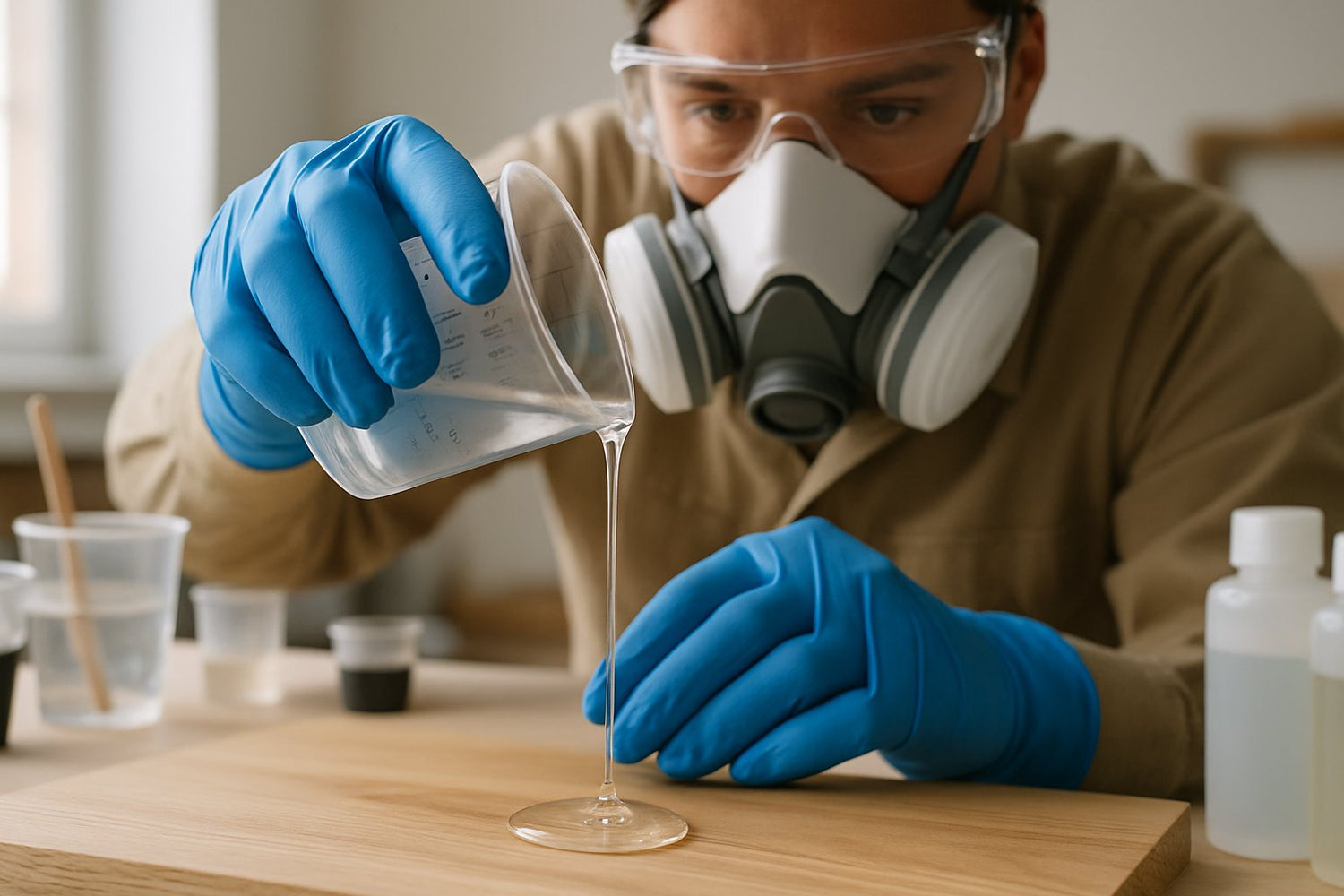


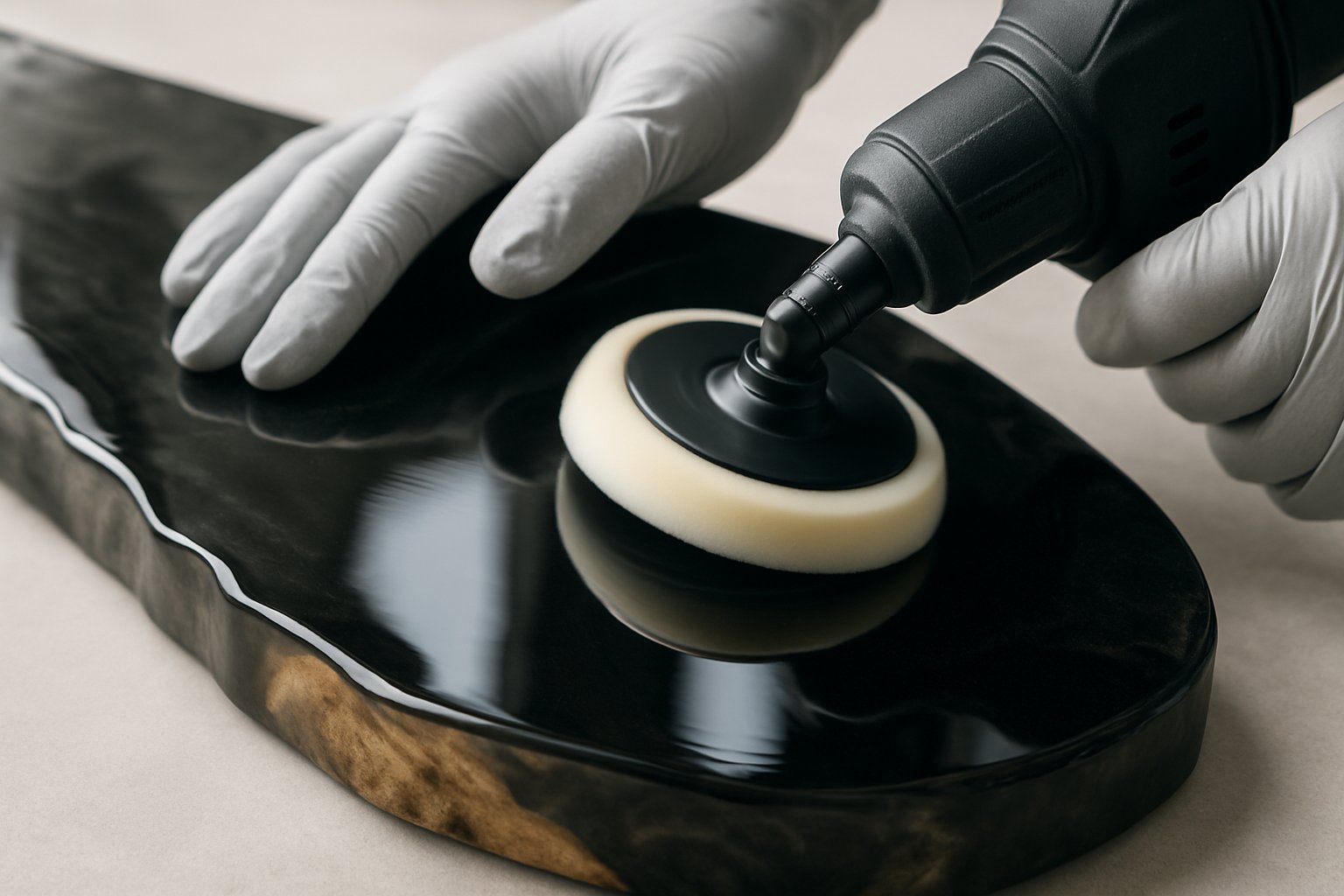
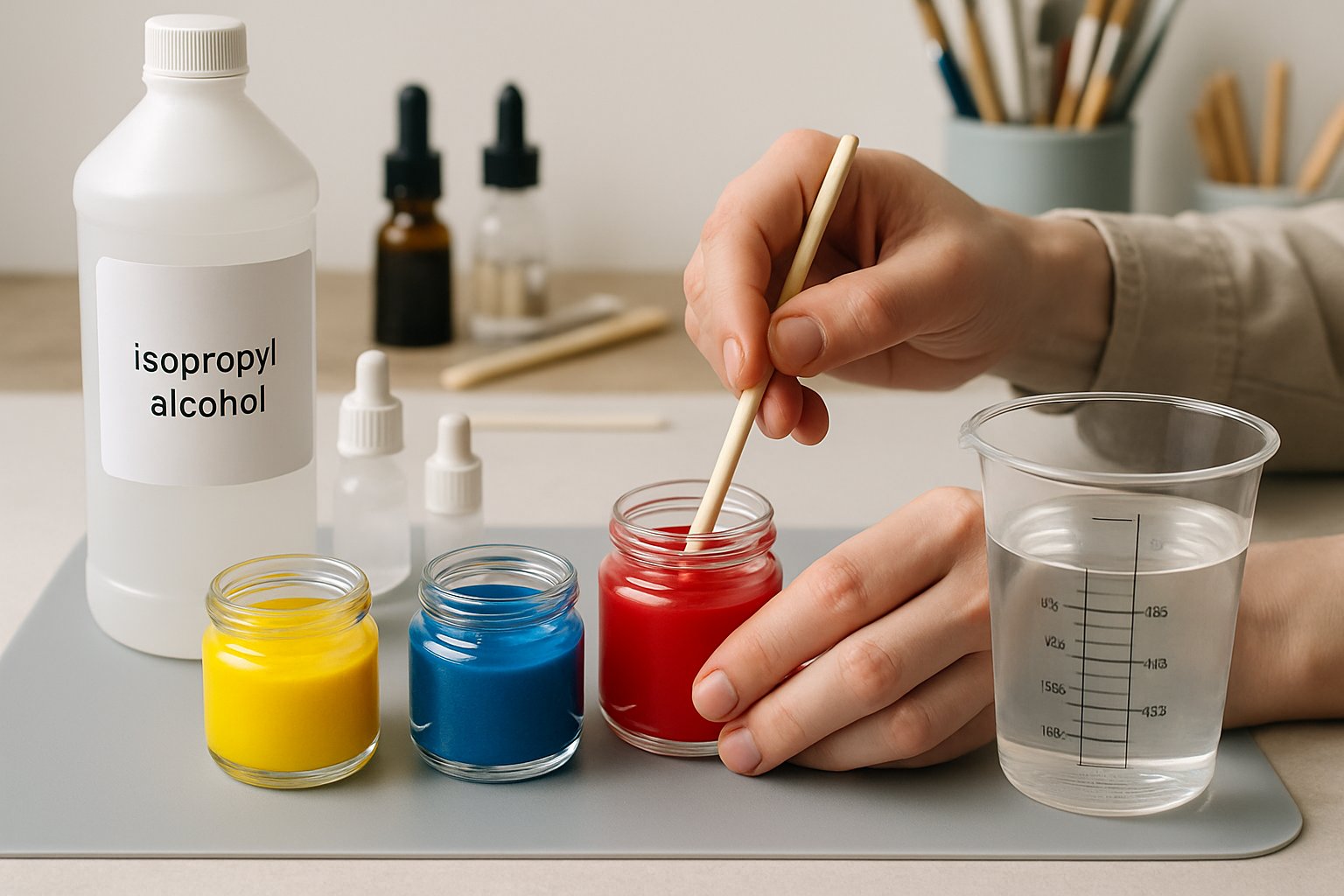
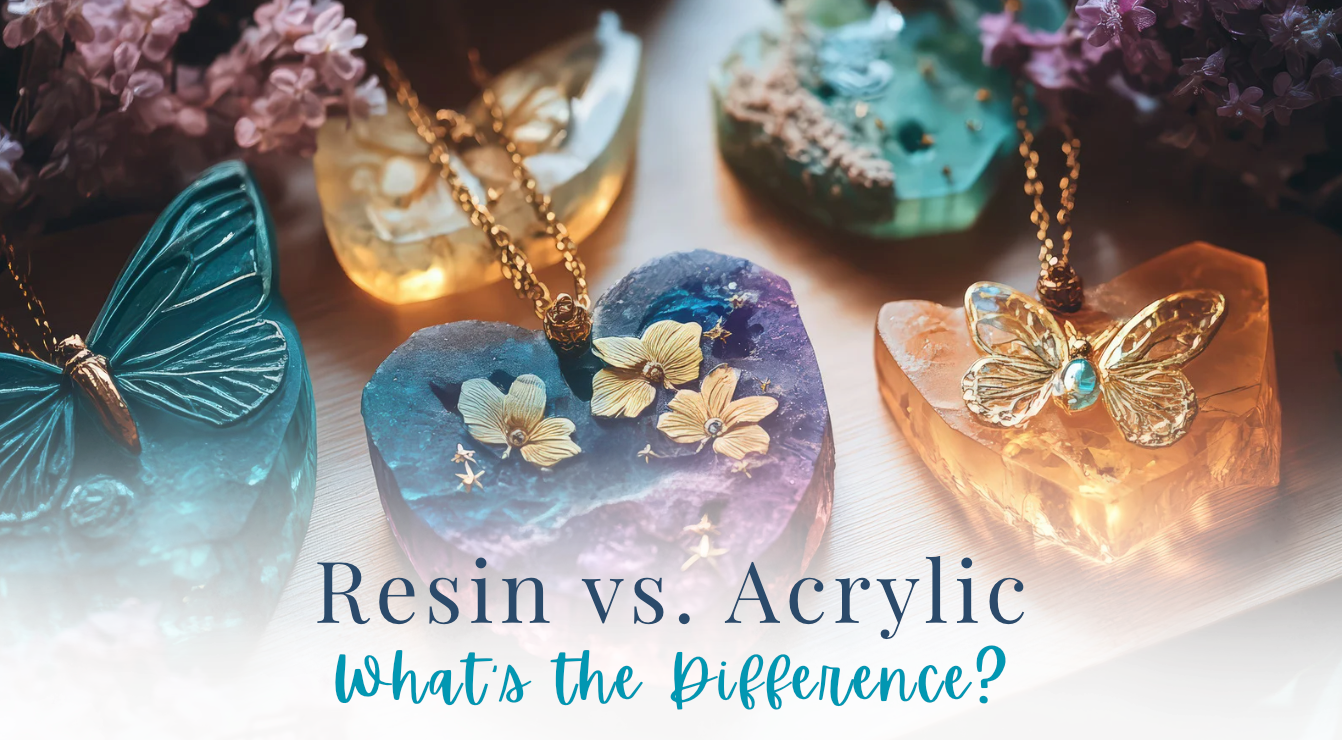

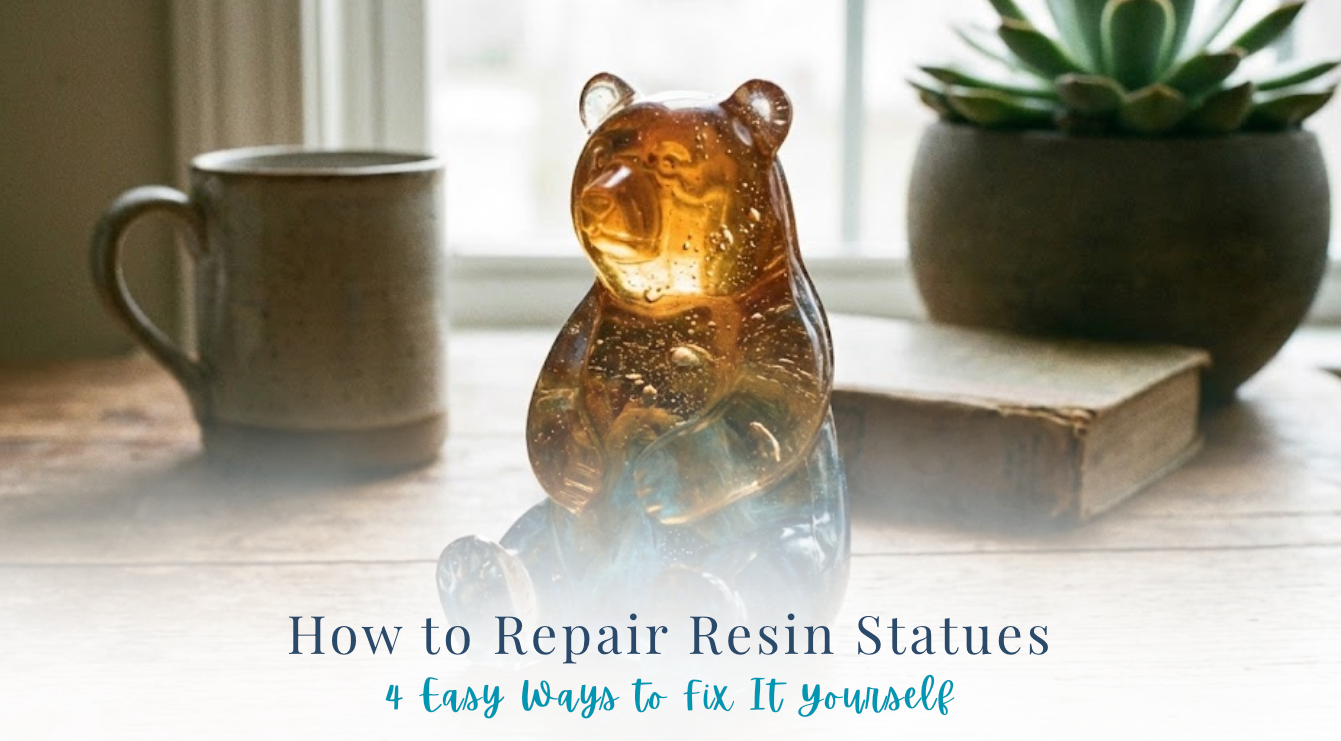

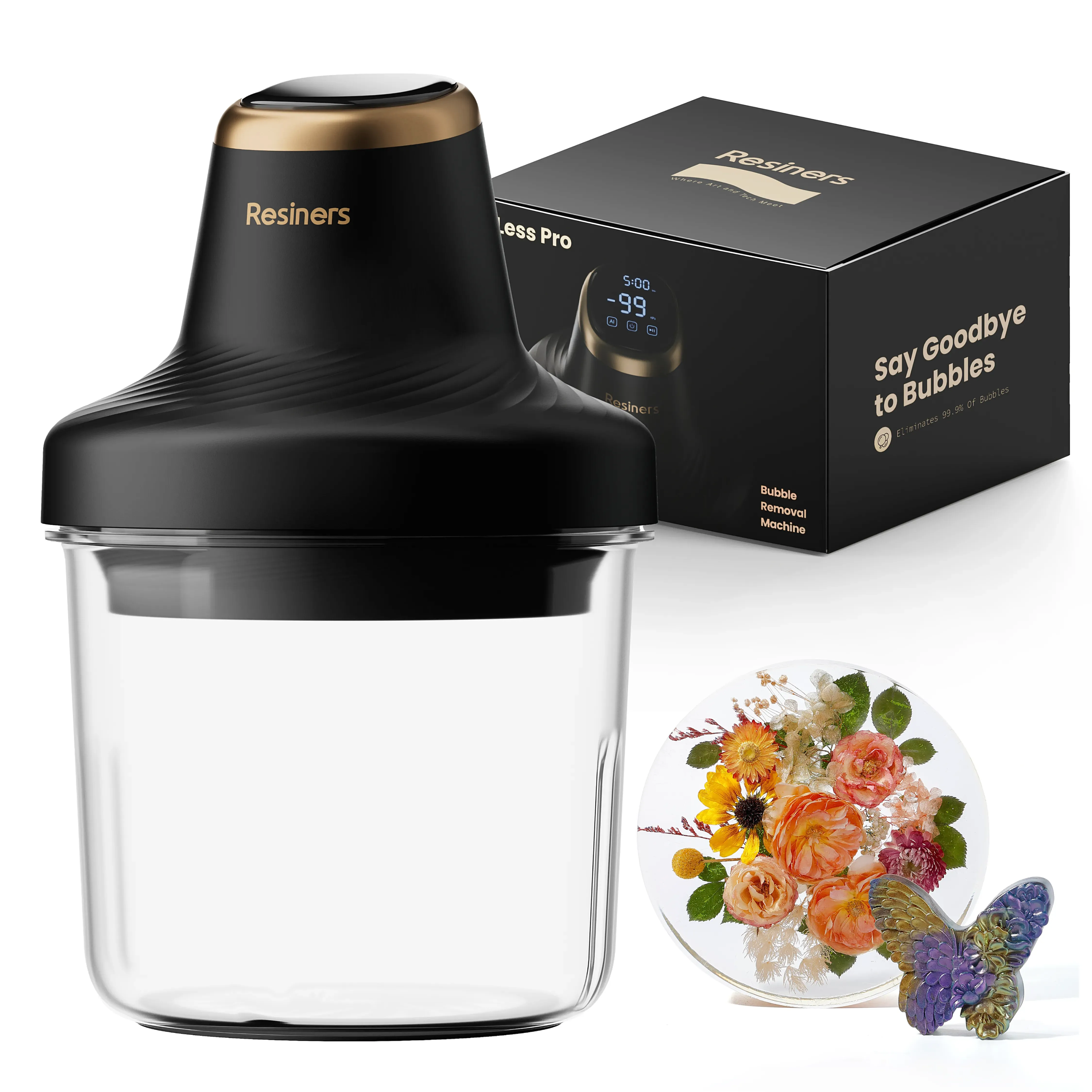
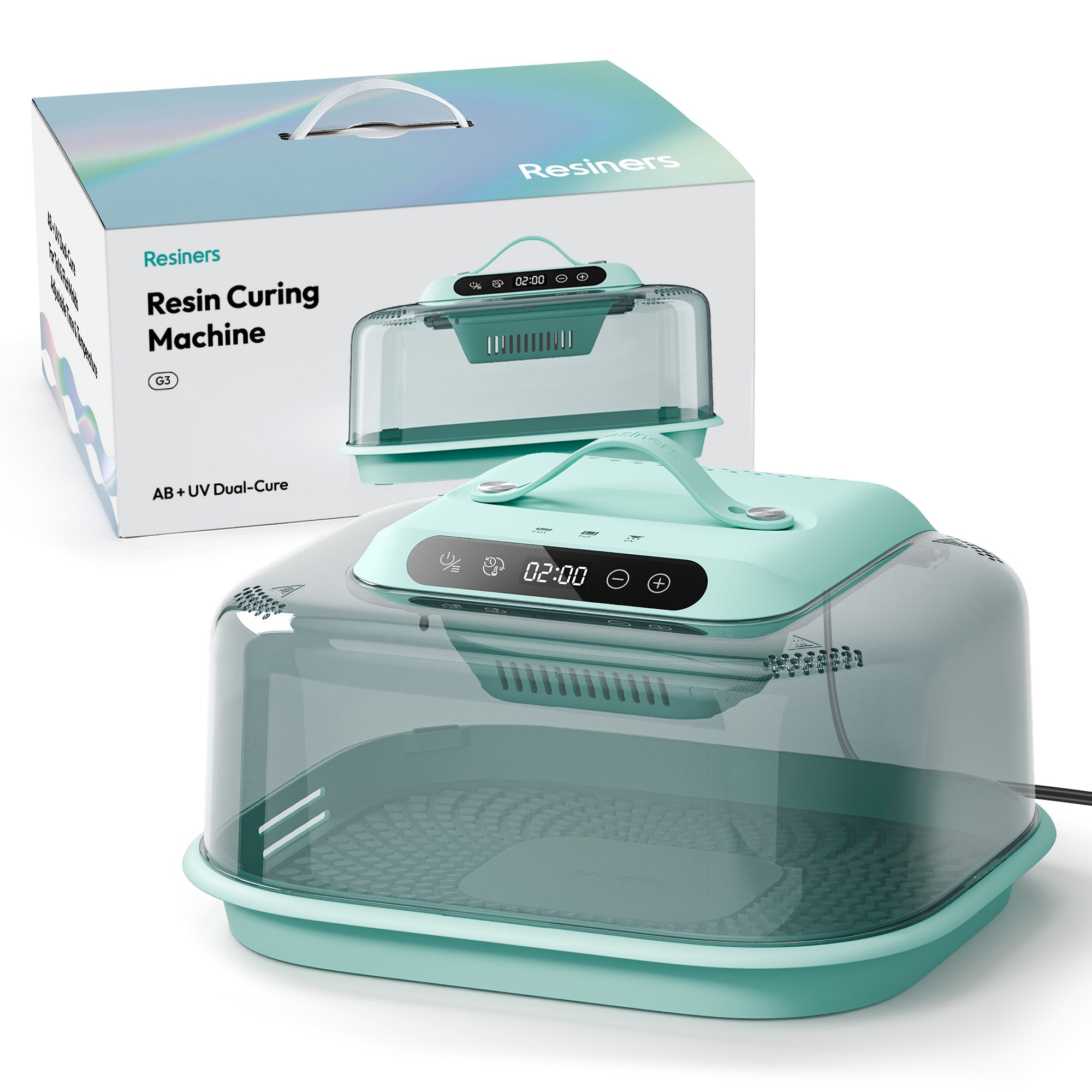

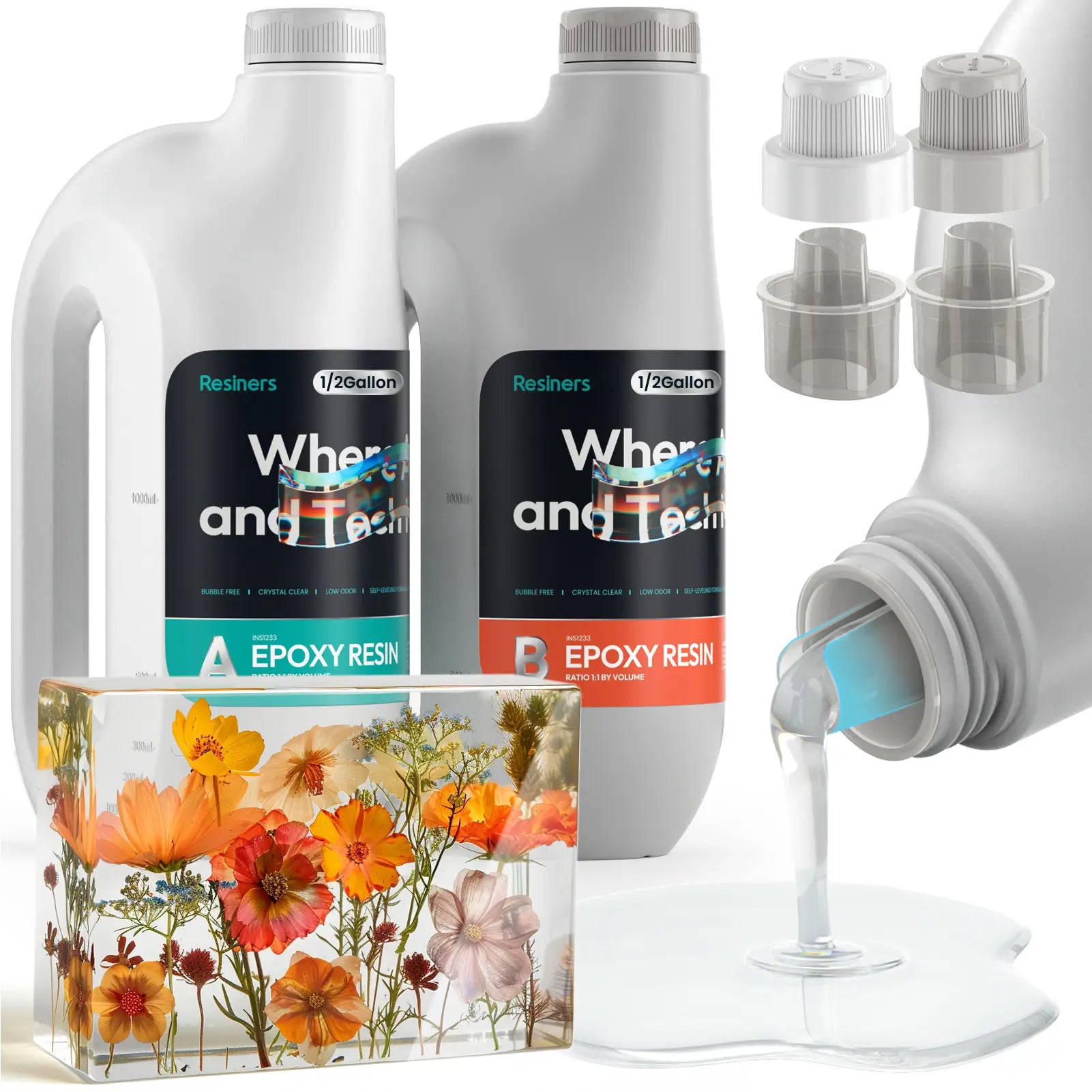
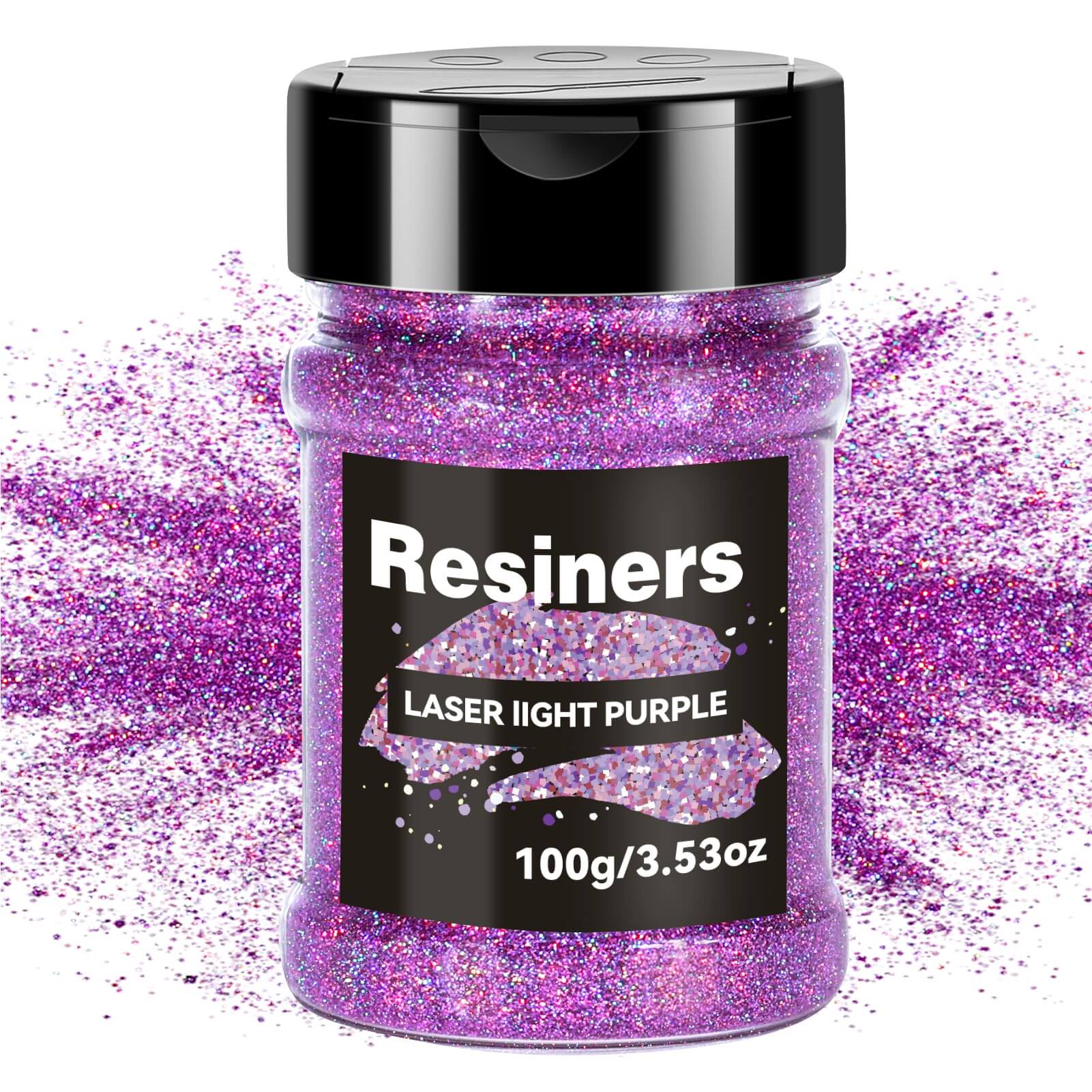
Dejar un comentario
Este sitio está protegido por hCaptcha y se aplican la Política de privacidad de hCaptcha y los Términos del servicio.